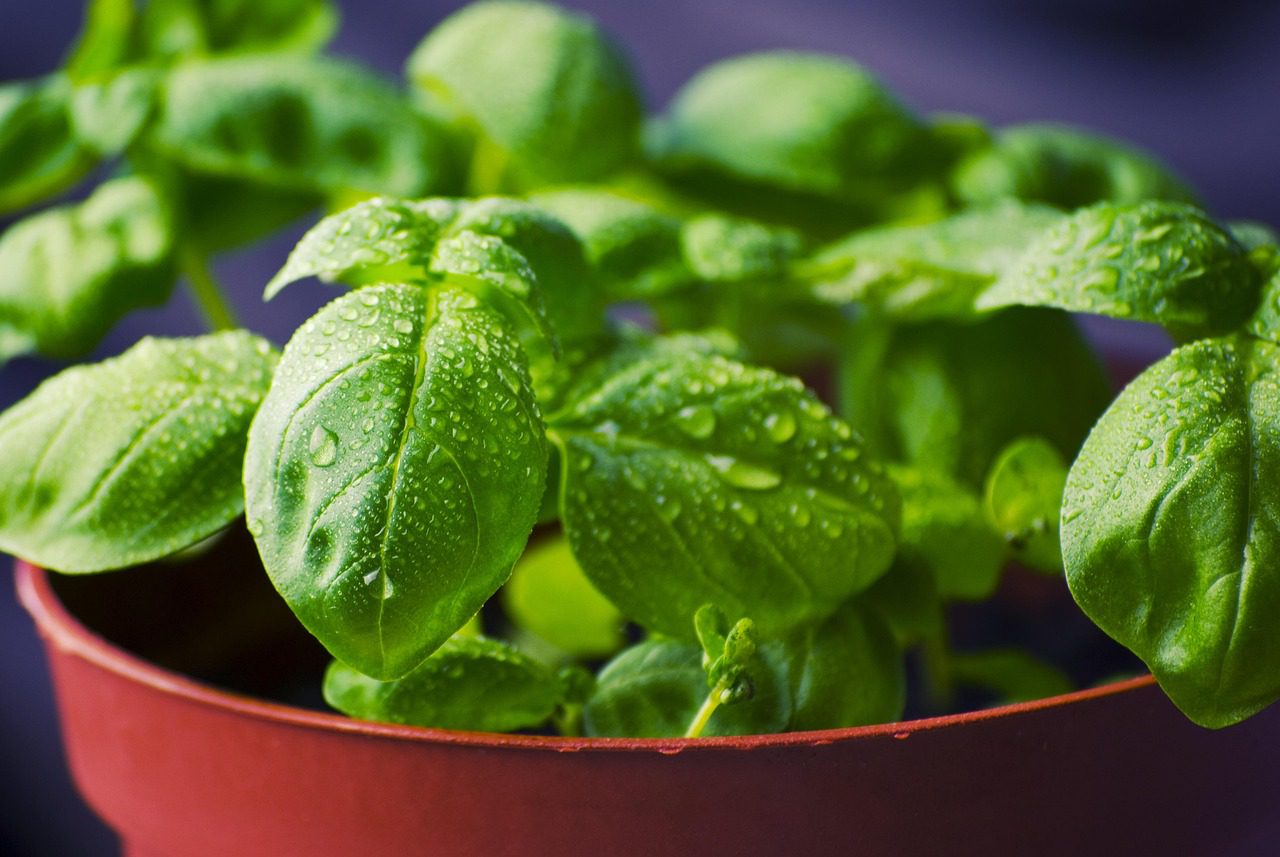Growing culinary herbs at home is a practical way to always have fresh ingredients at your fingertips. Herbs like basil, rosemary, and parsley are easy to grow and can turn any simple recipe into a delicious meal. In this article, we’ll show you how to grow and care for your own culinary herbs in a simple and effective way.
Having culinary herbs at home is an excellent way to add flavor to your meals while also promoting healthier and more sustainable eating habits. In addition, growing these plants can be a relaxing and rewarding activity, especially for those who are just getting started with gardening.
So let’s explore the best tips and practices to ensure your culinary herbs grow strong and full of flavor—no matter how much space you have available.
Why Grow Culinary Herbs at Home?
There are many advantages to growing culinary herbs at home. First, you have complete control over what you’re consuming, avoiding pesticides and other chemicals. Freshly picked herbs also provide unmatched flavor and aroma, taking your dishes to the next level.
Another important benefit is cost savings. Having your own herbs reduces the need to buy them at the store, where they often come in large quantities and spoil before being used. Growing them at home is both sustainable and economical.
Finally, it’s worth noting that anyone can grow culinary herbs, regardless of their gardening experience. It’s a great way to start exploring the plant world while making your home greener and more pleasant.
What Are the Best Herbs for Cooking?
There are many culinary herbs you can grow at home. Some of the most popular include basil, rosemary, parsley, chives, mint, and oregano. These herbs are versatile and can be used in a wide variety of recipes, from sauces and salads to main courses.
For example, basil is perfect for seasoning pasta and pizza, while rosemary pairs well with roasted meats and potatoes. Parsley is ideal for soups and salads, adding freshness and color to your dishes.
Each of these herbs has its own growing needs, but most thrive in pots and require minimal maintenance, making them perfect for beginners.
How to Choose the Best Spot to Grow Herbs
The success of your herb garden depends largely on choosing the right location. These plants need at least 4 to 6 hours of direct sunlight daily, so selecting a well-lit spot is essential.
If you live in an apartment, a balcony or a sunny windowsill can be the perfect place for your herb pots. If you have a garden, choose a spot that gets plenty of sunlight during the day while still being sheltered from strong winds.
It’s also important to ensure good air circulation and proper drainage in your pots or garden beds to prevent root rot.
What You’ll Need to Grow Culinary Herbs
To get started with your home herb garden, it’s important to gather the right materials. Here’s a list of the essentials:
- Pots or planters: Choose containers with drainage holes to prevent water buildup. Make sure the size suits the herb’s growth.
- Quality substrate: Use a mix specifically for herbs or blend potting soil with compost to provide key nutrients.
- Coarse sand or pebbles: Adding a drainage layer at the bottom of the pots helps prevent waterlogging.
- Herb seedlings or seeds: Purchase healthy seedlings or fresh seeds to ensure successful germination and growth.
- Organic fertilizer: Choose a fertilizer suitable for edible plants to keep your herbs nourished.
- Watering can with a fine spout: Makes it easier to water gently without disturbing the soil.
With these materials in hand, you’re ready to start your own herb garden and enjoy fresh flavors at home.
Step-by-Step Guide: How to Plant Herbs in Pots
Planting herbs in pots is a great option for those with limited space. Follow these simple steps:
- Choose the right pots: Make sure they have drainage holes and are large enough for the roots to grow.
- Prepare the soil: Fill the pots with high-quality substrate, mixing in a bit of sand to improve drainage.
- Plant the herbs: Place the seeds or seedlings in the soil and cover lightly with a thin layer of substrate.
- Water appropriately: Water lightly after planting and keep the soil moist but not soaked.
- Position the pots: Place them in a location that gets direct sunlight daily.
- Ongoing care: Prune regularly to encourage growth and prevent the plants from becoming too tall or weak.
- Fertilize: Apply organic fertilizer every two months to keep the soil rich and productive.
With these simple steps, you’ll be well on your way to growing culinary herbs easily and effectively.
Care Tips for Keeping Your Herbs Healthy
To ensure your culinary herbs grow healthy and flavorful, a few basic care practices are essential. Watering correctly is key: the soil should be moist but never soggy. It’s best to water in the morning to avoid leaving wet leaves overnight, which can lead to disease.
Regular pruning is also important. Removing old leaves and flower buds helps the plant focus its energy on producing new, flavorful growth.
Finally, keep an eye out for pests and disease. Inspect your herbs often and if you notice anything unusual, treat the issue promptly using natural remedies like garlic tea or neem oil—safe and effective solutions for edible plants.
Time to Get Started!
Growing culinary herbs at home brings flavor, health, and well-being to your daily life. With just a few simple tips and basic care, anyone can start planting and enjoy cooking with fresh, homegrown ingredients.
Try putting what you’ve learned into practice and enjoy the many benefits of this rewarding and sustainable hobby.
We’d love to hear about your experience! Leave a comment below and share your tips and results from growing culinary herbs at home.

